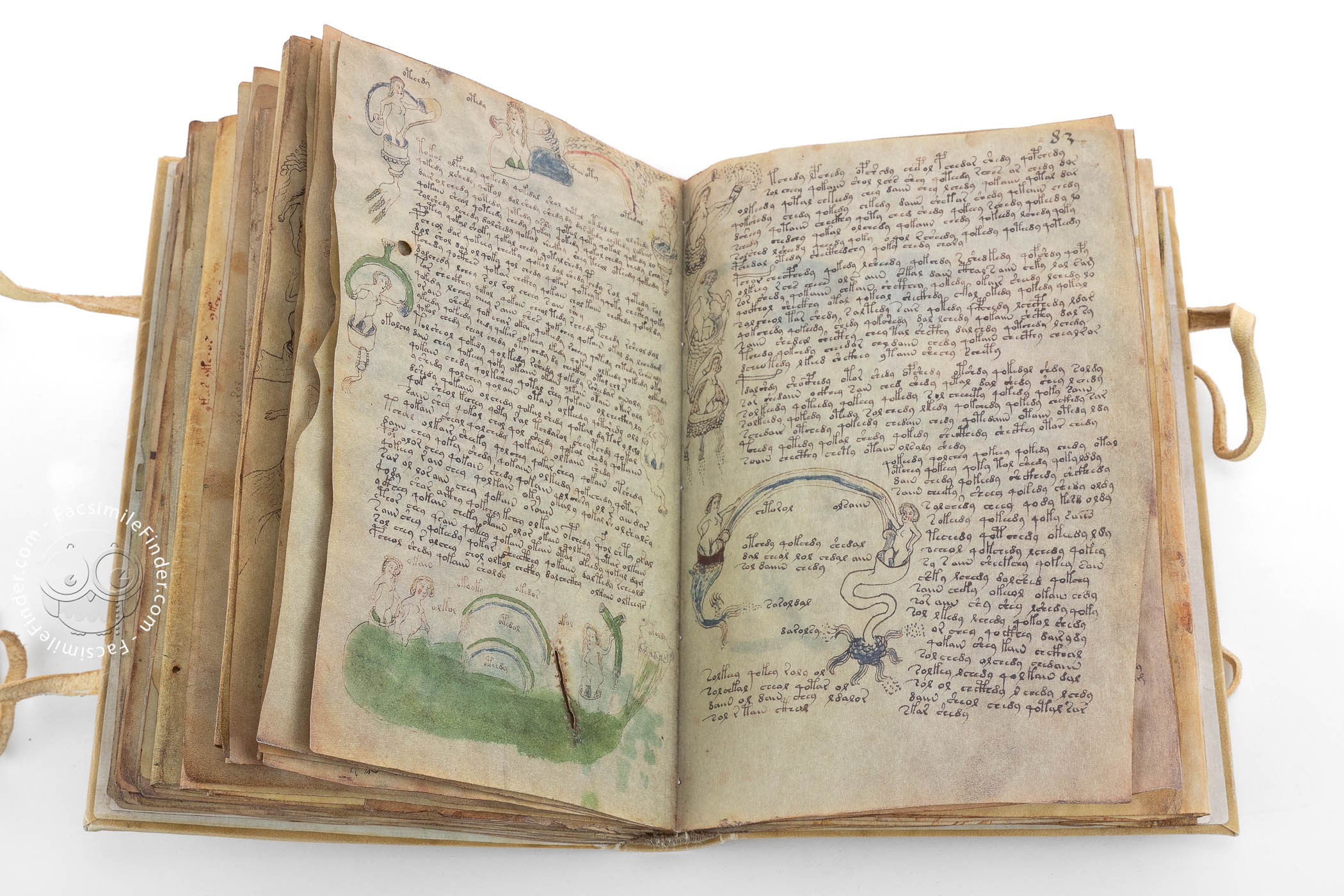


Voynich manuscript copy archive#
However, Get Archive LLC does not own each component of the compilation displayed at and accessible on the PICRYL website and applications.
Voynich manuscript copy software#
Get Archive LLC is the owner of the compilation of content that is posted on the PICRYL website and applications, which consists of text, images, audio, video, databases, tags, design, codes, and software ("Content"). Get Archive LLC does not charge permission and license fees for use of any of the content on PICRYL, however, upon request, GetArchive can provide rights clearance for content: for a fee. GetArchive believes there are no usage restrictions or limitations put on content. Permission for use, re-use, or additional use of the content is not required. Get Archive LLC, creator of PICRYL, endeavors to provide information that it possesses on the copyright status of the content and to identify any other terms and conditions that may apply to the use of the content, however, Get Archive LLC offers no guarantee or assurance that all pertinent information is provided, or that the information is correct in each circumstance. PICRYL makes the world's public domain media easy to find and convenient to use. PICRYL is the largest search engine and media source for public domain images, documents, music, and videos (content). Yale University Press will publish a trade hardcover edition with essays in November 2016. Kraus to Yale University's Beinecke Rare Book and Manuscript Library in 1969, where it is catalogued under call number MS 408.In August 2016, it was announced that the Beinecke Library had arranged with Siloé arte y bibliofilia, a Spanish publisher, to publish an edition of 898 facsimile replicas of the manuscript for commercial sale. And that is part of the mystery, as the author and content is part of the allure and the mystery behind these pages.
Voynich manuscript copy how to#
It is perhaps the most well known manuscript that no one knows how to read. The Voynich manuscript was donated by Hans P. The Voynich manuscript is an illustrated codex handwritten in an unknown writing system.

None of the many hypotheses proposed over the last hundred years has yet been independently verified. The mystery of the meaning and origin of the manuscript has excited the popular imagination, making the manuscript the subject of novels and speculation. No one has yet succeeded in deciphering the text, and it has become a famous case in the history of cryptography. The Voynich manuscript has been studied by many professional and amateur cryptographers, including American and British codebreakers from both World War I and World War II. The text is written from left to right, and most of the pages have illustrations or diagrams. Some of the pages are missing, with around 240 still remaining. The vellum on which it is written has been carbon-dated to the early 15th century (1404–1438), and it may have been composed in Northern Italy during the Italian Renaissance.The manuscript is named after Wilfrid Voynich, a Polish book dealer who purchased it in 1912. The Voynich manuscript is an illustrated codex hand-written in an unknown writing system.


 0 kommentar(er)
0 kommentar(er)
